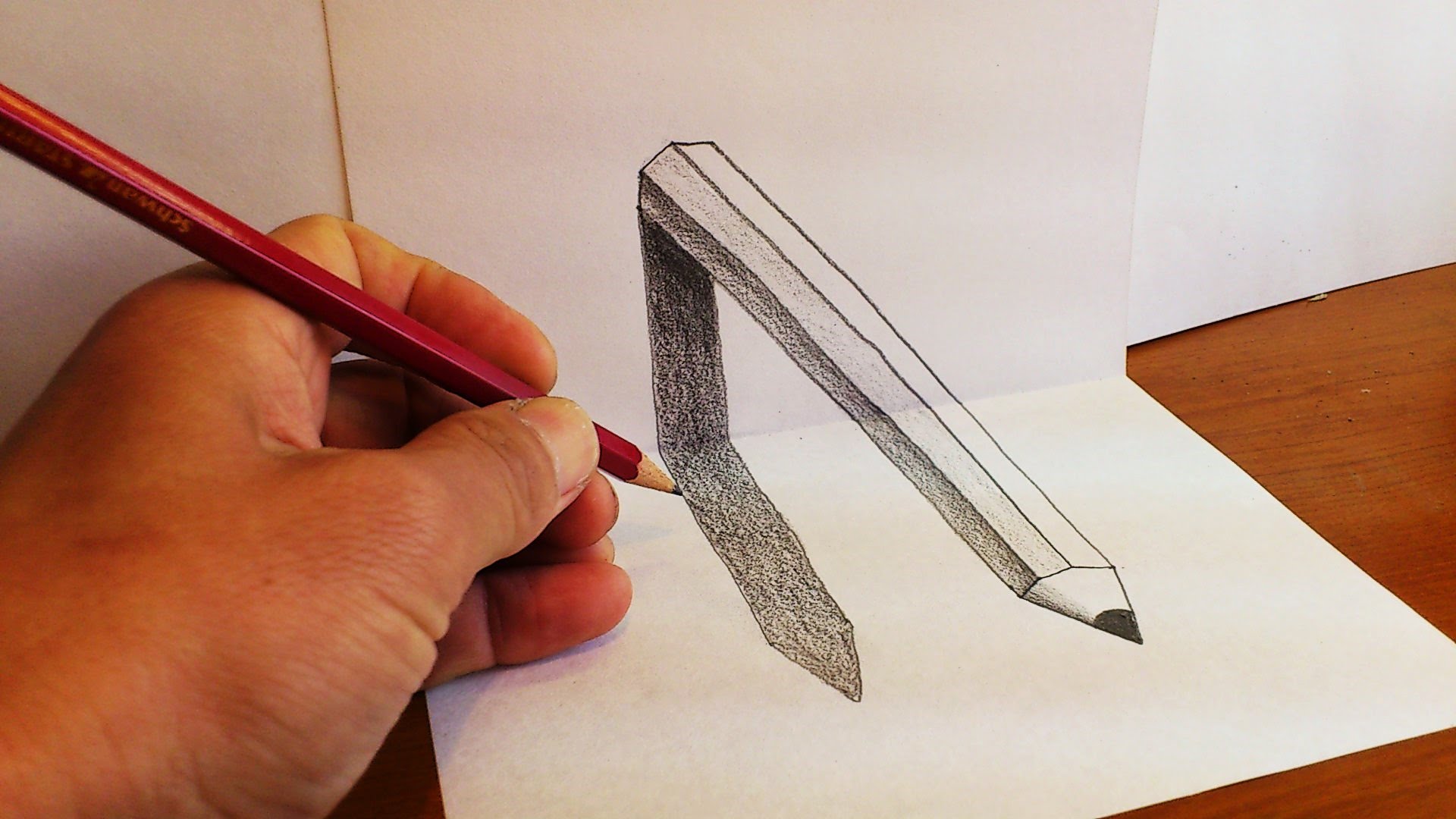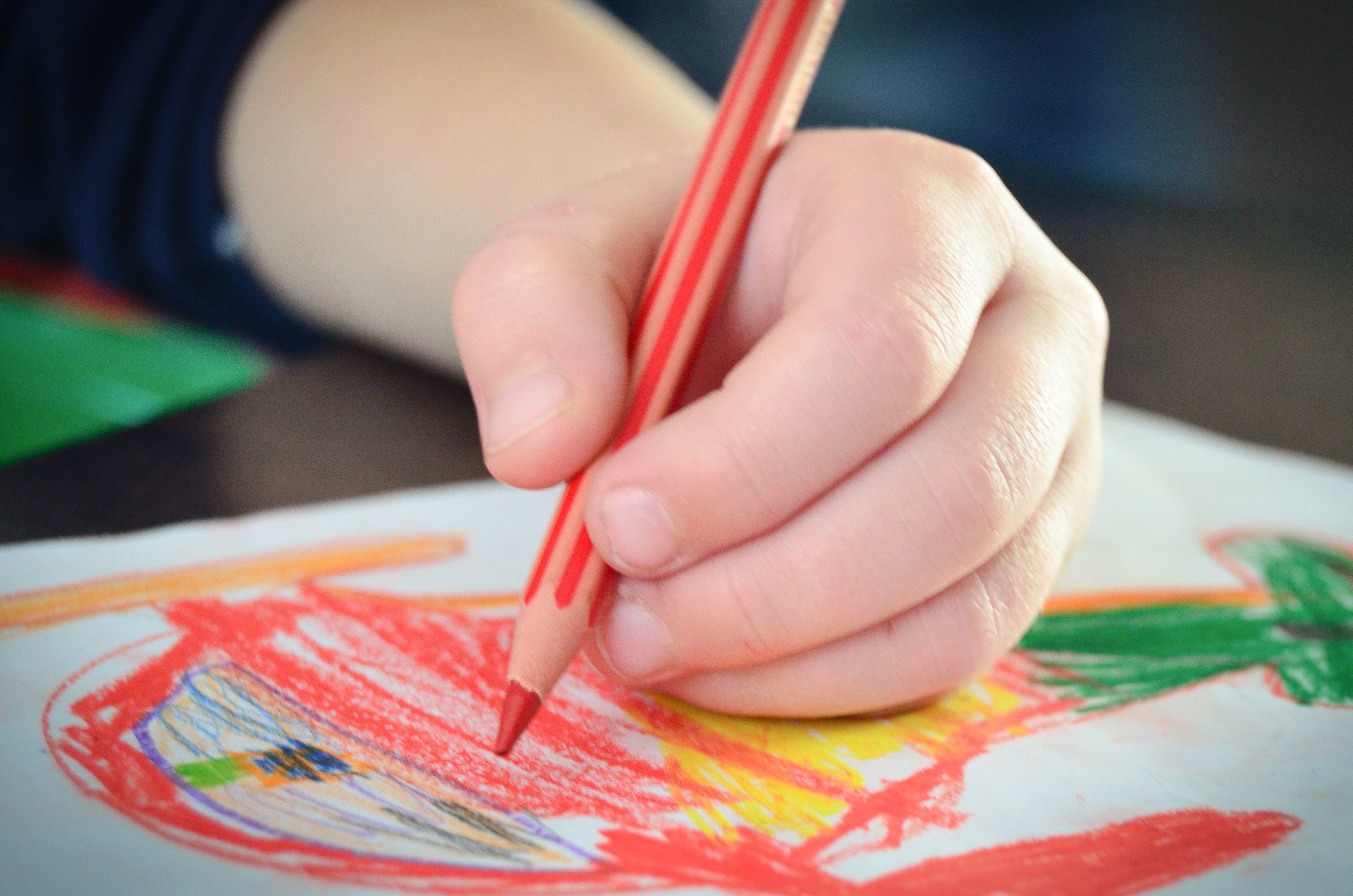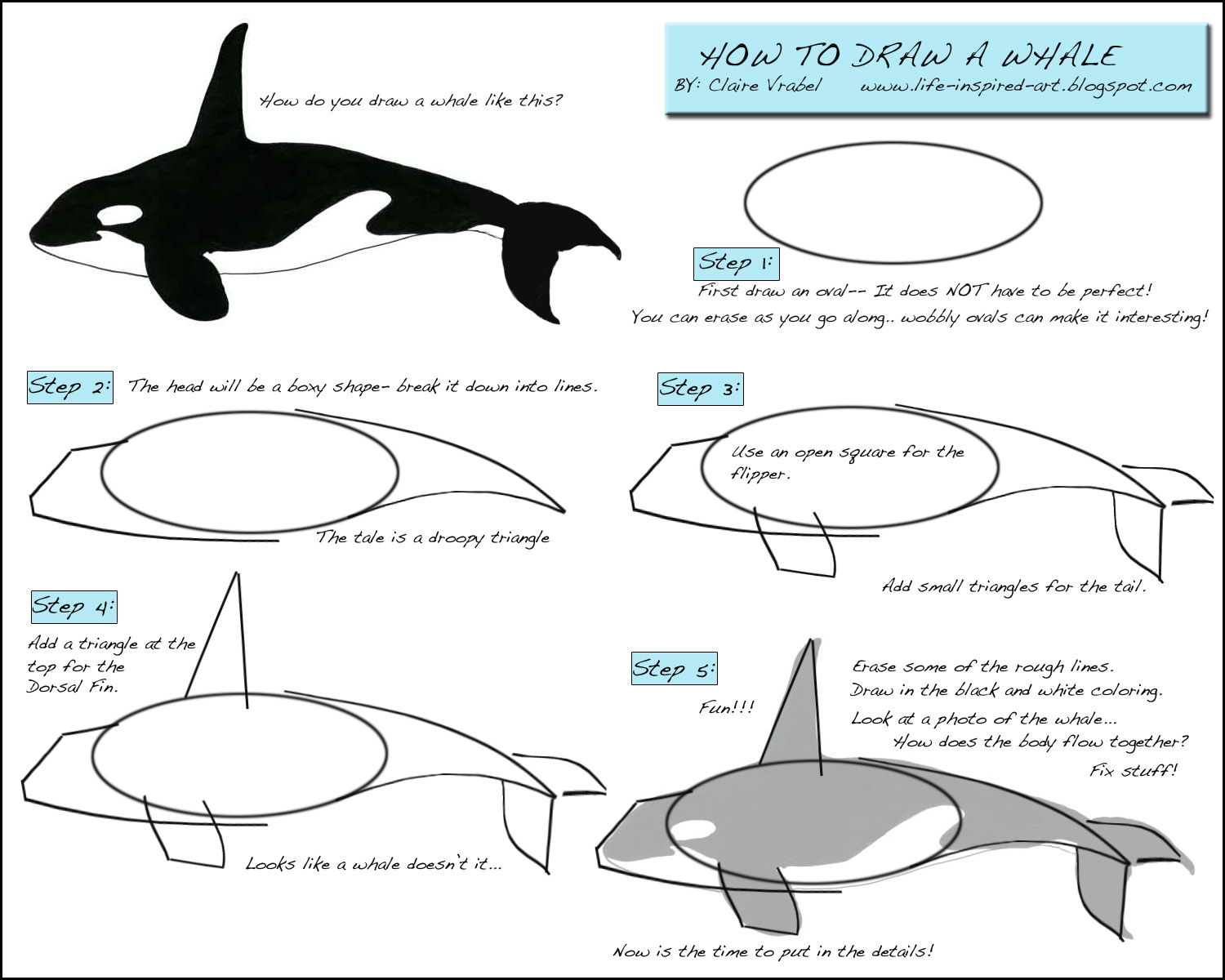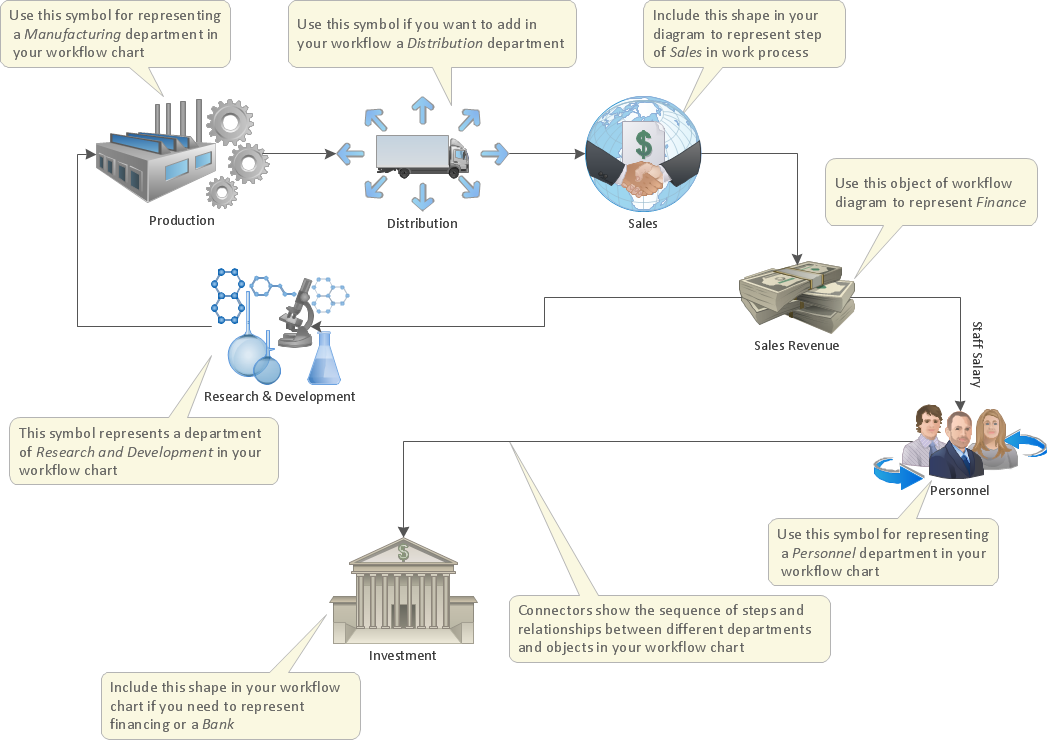Paper drawing drawings tissue pencil realistic sketch sketches toilet graphite 3d google draw search charcoal basic result shading visit paintingvalley
Table of Contents
Table of Contents
If you are looking to unleash your creativity on paper with a pencil and aren’t sure how to get started, you are not alone. Drawing is an excellent way to express yourself, relax, and improve your concentration. You may be hesitant to start because you think that drawing requires natural talent or extensive training. However, that isn’t the case. With some basic knowledge, anyone can learn how to draw with a pencil and paper, regardless of age or skill level.
Pain Points of Drawing with a Pencil and Paper
While drawing with a pencil and paper may seem simple, it can be challenging to translate your ideas accurately onto the paper. You may struggle to draw straight lines or get the proportions right, or even know where to start. Many people also worry about making mistakes or not being able to create anything worth displaying.
How to Draw a Pencil and Paper
The good news is that anyone can learn how to draw a pencil and paper with a little practice and patience. To get started, you’ll need a few basic supplies, including a pencil, an eraser, and paper. It’s best to start with a pencil that isn’t too hard or too soft. You’ll also want to use a paper that can handle erasing and can be easily stored, like a sketchbook or paper pad.
Once you have all your supplies, it’s time to start drawing. Start by creating basic shapes and lines and practicing drawing straight lines, circles, and curves. Once you feel comfortable, you can start drawing simple objects like fruit or objects around the room. From there, you can start exploring more complex objects and even drawing from photographs or your imagination.
Summary of How to Draw a Pencil and Paper
In summary, drawing with a pencil and paper requires some basic knowledge and practice to get started. You’ll need some basic supplies and should start by creating basic shapes and lines. From there, you can start exploring more complex objects and honing your skills.
Drawing Techniques and Tips
If you’re looking to improve your drawing skills, there are plenty of techniques and tips to help you along the way. One of the most crucial aspects of drawing is to practice regularly. Don’t be afraid to make mistakes, as they can often teach you valuable lessons. Instead, embrace them and learn from them.
Another technique to improve your drawings is to pay attention to the composition. Think about how the object you’re drawing is placed on the paper and try to incorporate negative space around it. This can help give your drawing more depth and interest. Another tip is to use shading to add dimension to your drawings.
The Importance of Proper Materials
Using the right materials can significantly impact the quality of your drawings. Start with a quality pencil that isn’t too hard or too soft. HB and 2B are good options to start. You’ll also want to use a paper that can handle erasing without tearing or smudging. It’s also essential to keep your pencil sharpened to prevent mistakes.
Drawing Realism
One of the goals of many artists is to create realistic drawings. One technique to achieve this is to pay attention to the values, or the lightness and darkness, of the object you’re drawing. Another technique is to use cross-hatching or blending to create texture and give your drawing more dimension.
Common Mistakes to Avoid
As with any new skill, there are common mistakes that many beginners make when learning how to draw with a pencil and paper. One of the most common mistakes is not paying attention to the proportions or scale of the object you’re drawing. Another mistake is not using proper shading, which can make your drawing look flat or two-dimensional.
Question and Answer
Here are a few common questions and answers related to drawing with a pencil and paper:
Q: Do I need natural talent to be good at drawing?
A: No. While some people may have a natural inclination for drawing, anyone can learn how to draw well with practice and patience.
Q: Can I erase mistakes?
A: Yes. Erasing is part of the drawing process. Use a good eraser and don’t be afraid to make mistakes.
Q: Do I need expensive materials to get started?
A: No. While using quality materials can improve your drawings, you can start with basic supplies like a pencil, eraser, and paper.
Q: Is copying photographs or other artworks cheating?
A: No. Copying other artwork is a common way to learn how to draw and improve your skills. Just be sure not to claim someone else’s work as your own.
Conclusion of How to Draw a Pencil and Paper
In conclusion, drawing with a pencil and paper is a fun and rewarding activity that anyone can learn. With practice and patience, you can create drawings that express your creativity and ideas. Remember to start with basic shapes and lines, use proper materials, and don’t be afraid to make mistakes. With time and practice, you can improve your skills and create amazing works of art.
Gallery
Paper Drawings - Google Search | Realistic Drawings, Pencil Drawings

Photo Credit by: bing.com / paper drawing drawings tissue pencil realistic sketch sketches toilet graphite 3d google draw search charcoal basic result shading visit paintingvalley
Best Graphite Pencil Paper And Drawing Boards

Photo Credit by: bing.com / paper drawing pencil graphite cutting lino
Sketching Pencil On Paper Drawing High-Res Vector Graphic - Getty Images
Photo Credit by: bing.com / paper drawing pencil sketching pen vector sketch background drawn illustration marker illustrations vectors gettyimages res
Paper And Pencil Drawing At GetDrawings | Free Download

Photo Credit by: bing.com / pencil drawing paper 3d draw drawings illusion optical easy getdrawings
Free Picture: Pencil, Color, Kid, Drawing, Paper, Creativity

Photo Credit by: bing.com / drawing paper kid pencil color creativity kids children pixnio






